Disclosure: This article contains affiliate links. We may earn a commission from purchases at no extra cost to you, which helps our travel content.
Mon petit-fils often asks me, 'Mamie, when can we see the lions again?' It's been fifteen years since that company retreat first brought me to Kenya, transforming this game developer into an accidental wildlife photographer. Now, I return annually to Nairobi—a city that continues to surprise me with its magnificent juxtaposition of urban energy and wild nature. Unlike most African capitals, Nairobi offers the extraordinary gift of world-class wildlife encounters mere minutes from skyscrapers. It's like finding an Easter egg in a video game—unexpected joy hidden in plain sight! This fall, I spent a glorious week exploring the city's peripheral wilderness with my camera in hand, discovering that you needn't venture far from your hotel to experience Kenya's breathtaking biodiversity. Whether you're traveling with energetic children, active grandparents, or solo like moi, these seven outdoor adventures provide the perfect blend of accessibility and wild wonder.
1. Nairobi National Park: Safari in the Shadow of Skyscrapers
Imagine this: you're tracking a pride of lions with the silhouette of skyscrapers shimmering on the horizon. C'est incroyable! Nairobi National Park is the only protected wildlife sanctuary bordering a major metropolis anywhere in the world—what game designers would call 'exceptional worldbuilding.' Just seven kilometers from the city center, this 117 square kilometer savanna ecosystem hosts over 100 mammal species and 400 bird varieties.
On my most recent visit, I arrived at the east gate just as dawn painted the grasslands gold. My guide Samuel—whom I've known since my first Kenyan adventure—greeted me with his characteristic smile. 'Zoe, the rhinos have been very active near the Athi Basin this week,' he whispered as we climbed into the 4x4. Within twenty minutes, we spotted three black rhinos grazing peacefully among yellow-barked acacia trees.
What makes this park extraordinary is the accessibility. Unlike remote safaris requiring days of travel, here you can witness Africa's iconic wildlife—lions, leopards, buffalos, rhinos, giraffes, zebras, wildebeests, and over 400 bird species—and still make it back to your hotel for lunch. For families with children or older travelers concerned about long journeys, this convenience is priceless.
The park offers self-drive options for independent travelers, but I highly recommend hiring a guide for their expert tracking skills. My binoculars have been invaluable companions throughout my wildlife adventures, allowing me to spot distant creatures without disturbing their natural behaviors. When Samuel pointed out a serval cat hiding in tall grass, these trusty binoculars revealed every beautiful spot on its coat from 50 meters away.
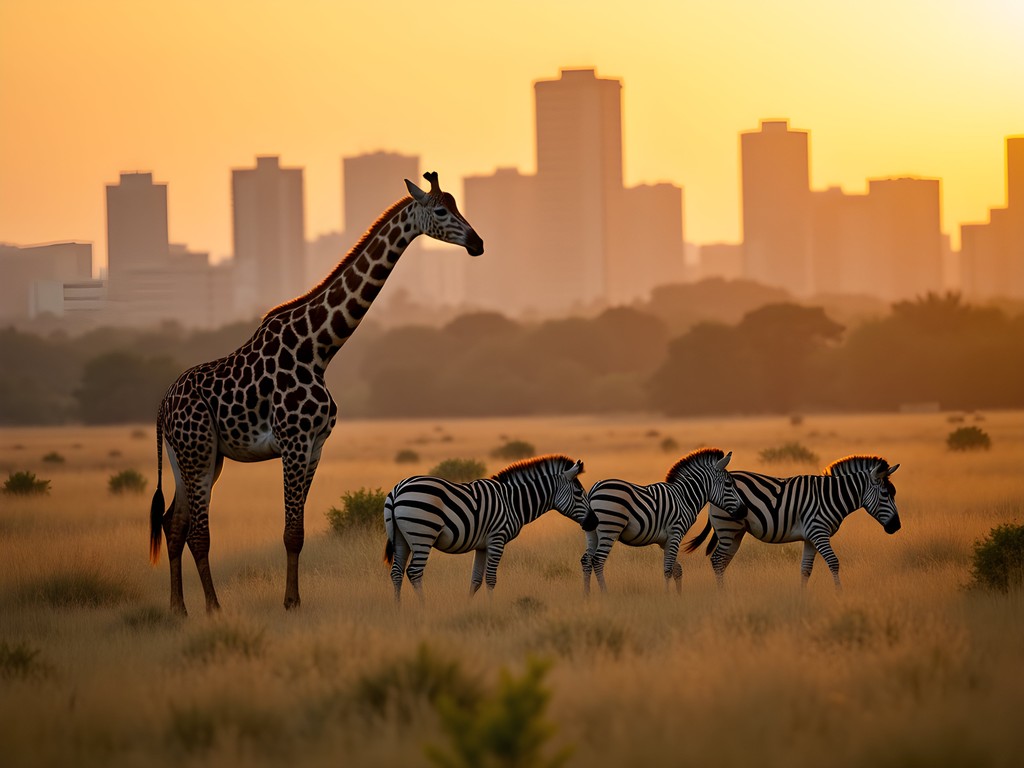
💡 Pro Tips
- Visit early morning (6:30-9:00 AM) or late afternoon (3:30-6:00 PM) for optimal wildlife viewing and photography light
- Book a knowledgeable guide rather than self-driving—they know the animals' territories and behaviors
- Pack water, snacks, sun protection, and patience—wildlife viewing rewards the unhurried
2. Giraffe Centre: Eye-to-Eye Encounters with Gentle Giants
There's something profoundly moving about meeting the gaze of a giraffe at eye level—a connection between species that stays with you long after you've returned home. The Giraffe Centre in Langata, just 5 kilometers from Nairobi's center, offers this rare opportunity to interact with endangered Rothschild's giraffes from an elevated platform.
When I first visited with my grandson two years ago, I watched his eyes widen with wonder as a giraffe named Daisy gently took a pellet from his outstretched palm. 'Mamie! Sa langue est bleue!' he exclaimed in our shared French. Indeed, the giraffe's purplish-blue tongue—nearly 45 centimeters long—is an adaptation that protects against sunburn during hours of feeding in the African sun. It's these little biological details that fascinate me as much as the majestic creatures themselves.
The center was established in 1979 as a breeding program for the endangered Rothschild's giraffe and has since become an important conservation and education facility. What I appreciate most is their commitment to teaching Kenyan schoolchildren about wildlife conservation—during term time, you'll often see groups of local students learning alongside international visitors.
Beyond the feeding platform, take time to explore the nature sanctuary's forest trail, where you might spot warthogs, dik-diks, and numerous bird species. The 1.5-kilometer trail provides a peaceful respite from the city and offers excellent photography opportunities in dappled forest light.
After your giraffe encounter, the on-site café provides a pleasant spot for refreshments with continued views of these elegant creatures. I've found my compact camera perfect for capturing these close encounters—its quick focus and excellent zoom capability mean I never miss those magical moments when a giraffe lowers its head for a gentle interaction.
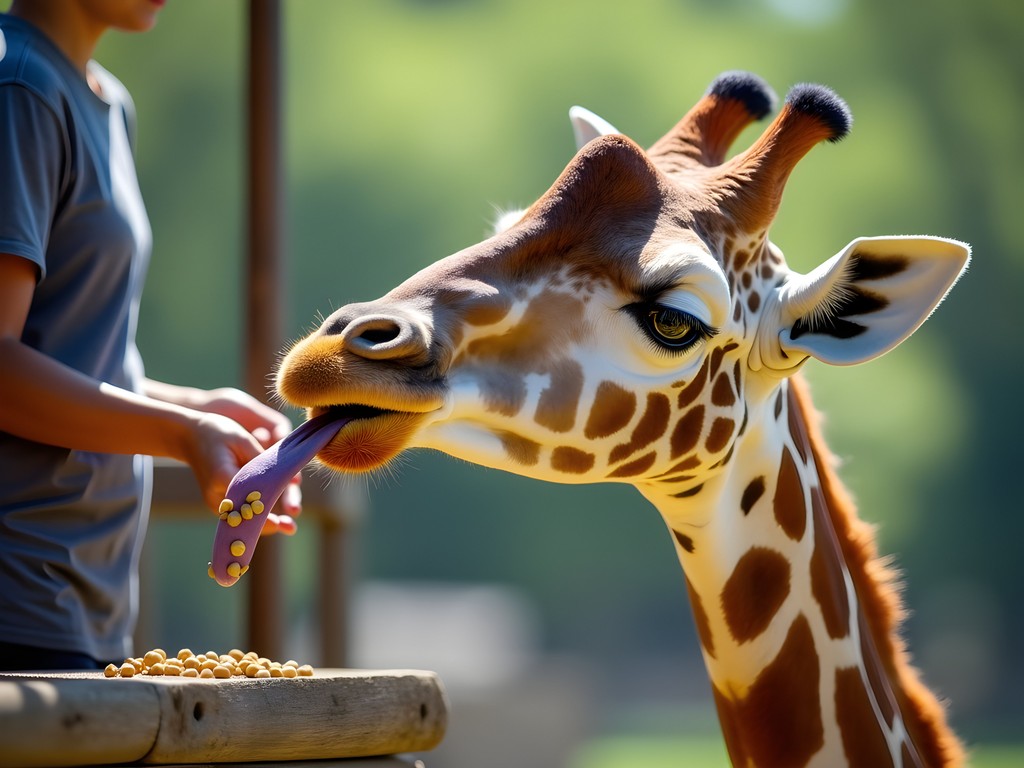
💡 Pro Tips
- Visit during feeding hours (9:00 AM-5:00 PM) but avoid midday when tour groups are most numerous
- Bring hand sanitizer for after feeding the giraffes
- Take time to chat with the knowledgeable staff—they share fascinating details about individual giraffes' personalities
3. David Sheldrick Wildlife Trust: An Elephant Orphanage with Heart
In game development, we often speak of 'emotional core mechanics'—the interactions that create genuine feelings in players. At the David Sheldrick Wildlife Trust's Elephant Orphanage, watching baby elephants playfully splash in mud puddles while learning their stories of rescue and rehabilitation is precisely such a heart-touching experience.
Located on the edge of Nairobi National Park, this remarkable sanctuary rescues orphaned elephants (and occasionally rhinos) from across Kenya, providing specialized care until they can be reintegrated into wild herds. The public viewing hour from 11 AM to noon offers a glimpse into the daily lives of these charismatic orphans and the dedicated keepers who become their surrogate family.
During my last visit, I watched as Nabulu, orphaned after her mother was killed by poachers, joyfully rolled in a mud bath with her newfound herd. Her keeper explained that elephants form deep emotional bonds—not unlike human families—and that the trauma of losing their mothers requires both physical and psychological healing. C'est touchant, non? These animals experience grief, joy, and friendship with remarkable depth.
What elevates this experience beyond typical wildlife viewing is the educational component. Keepers share each elephant's rescue story and explain the conservation challenges facing these magnificent creatures. For families traveling with children, these narratives provide powerful, age-appropriate lessons about wildlife protection and environmental stewardship.
For those seeking deeper connection, the Trust's foster program allows visitors to 'adopt' an elephant, receiving updates on their progress toward eventual release into the wild. My grandson and I have fostered a young bull named Mukkoka for three years now, following his journey through monthly updates that keep Kenya's conservation efforts in our thoughts long after we've returned home.
The Trust's gift shop offers beautiful handcrafted items that support their conservation work—I've found their field guides and children's books make meaningful souvenirs that extend the educational value of your visit.
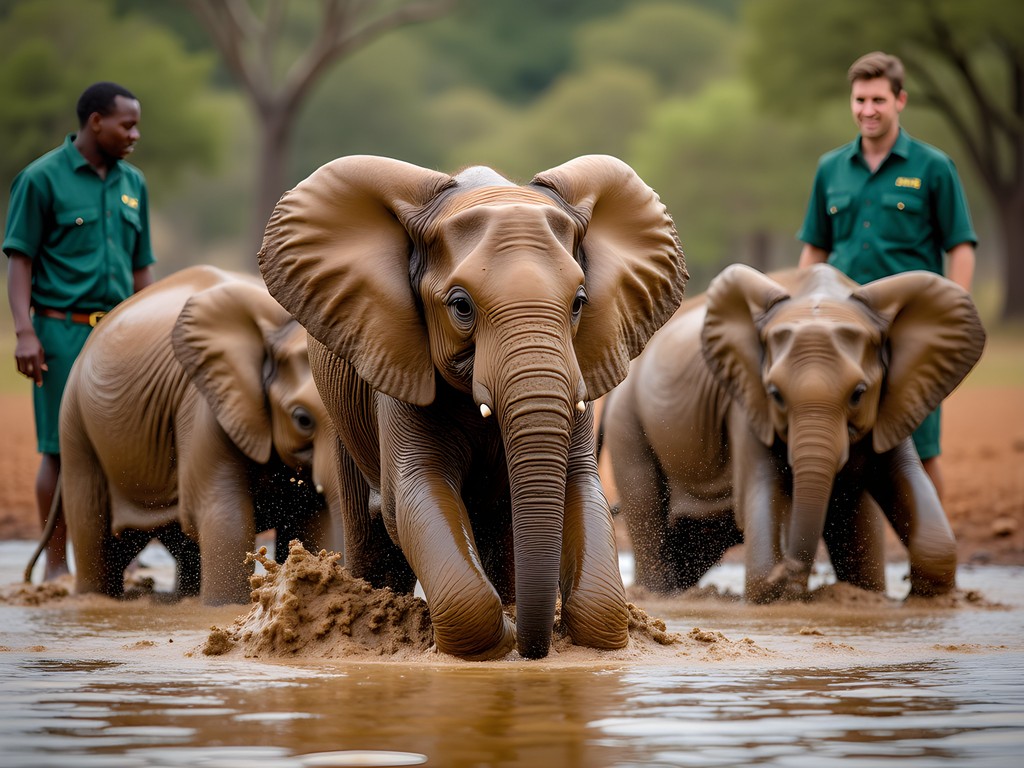
💡 Pro Tips
- Arrive by 10:30 AM to secure a good viewing position—the orphanage is extremely popular
- Bring cash if you wish to make a donation or foster an elephant
- Consider booking a private visit (available for foster parents) for a more intimate experience outside regular viewing hours
4. Karura Forest: Urban Wilderness Hiking
If I were designing a video game set in Nairobi, Karura Forest would be that surprising 'green zone' where players could escape the intensity of urban missions to recharge among ancient trees and cascading waterfalls. This 1,000-hectare urban forest reserve, once threatened by development, was saved through the efforts of Nobel laureate Wangari Maathai and today offers a remarkable wilderness experience just 10 minutes from the city center.
On my recent visit, I arrived early to beat both the heat and weekend crowds. The forest offers over 50km of trails suitable for hiking, running, and cycling. I chose the 12km Scouts Trail, which encompasses most of the forest's highlights. Within minutes of setting out, the sounds of the city faded completely, replaced by a chorus of birdsong and rustling leaves.
The trail winds through diverse ecosystems, from dense indigenous forest to bamboo groves and open grasslands. About 4km in, the path descends to a 15-meter waterfall cascading into a tranquil pool—a perfect spot for a picnic and photography. Further along, you'll discover the fascinating Mau Mau caves, once used as hideouts during Kenya's struggle for independence. These historical sites add cultural depth to the natural experience.
What struck me most was the abundance of wildlife thriving so close to urban development. I spotted Sykes' monkeys swinging through the canopy, bushbucks grazing in clearings, and countless bird species—over 200 have been recorded here. My travel daypack proved perfect for this adventure, with enough room for water, snacks, my camera gear, and a light rain jacket, while remaining comfortable during the three-hour hike.
After working up an appetite, the River Café near the Limuru entrance offers delightful outdoor dining with forest views. Their farm-to-table menu featuring local ingredients makes for a perfect post-hike reward. Comme c'est délicieux! The homemade passion fruit lemonade is particularly refreshing after a morning of exploration.
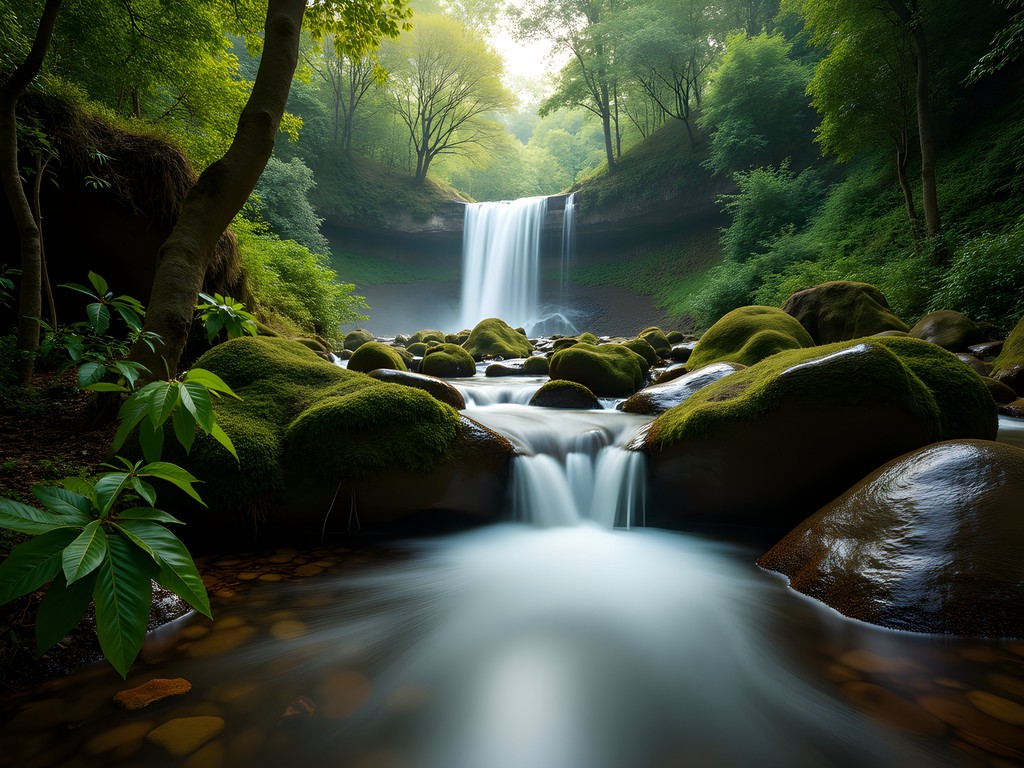
💡 Pro Tips
- Purchase your entry ticket online to avoid queues, especially on weekends
- Wear proper walking shoes as some trails can be muddy after rain
- Join the free guided bird walks held every last Saturday of the month for expert insights into Karura's avian residents
5. Hell's Gate National Park: Adventure in a Geological Wonder
As someone who has designed virtual landscapes for games, I'm perpetually amazed by nature's superior artistry. Hell's Gate National Park—just 90 minutes from Nairobi near Lake Naivasha—showcases some of Earth's most spectacular geological architecture. Towering cliffs, volcanic features, and dramatic gorges create a landscape so cinematic it inspired settings in Disney's 'The Lion King.'
Unlike most Kenyan national parks, Hell's Gate allows exploration on foot or bicycle, creating an immersive wilderness experience impossible from a vehicle. I rented a mountain bike at the Elsa Gate entrance (quite reasonable at about $10 USD per day) and spent a magnificent morning cycling among grazing zebras, giraffes, and gazelles. There's something profoundly different about encountering wildlife without the barrier of vehicle windows—you become part of the ecosystem rather than merely observing it.
The park's centerpiece is the Hell's Gate Gorge, where a guided walking tour takes you between towering cliffs through a narrow canyon carved by ancient floodwaters. My guide, Joseph, pointed out fascinating geothermal features—steaming vents and hot springs that hint at the powerful forces beneath the Earth's surface. 'This is why we call it Hell's Gate,' he explained with a smile. 'You can feel the heat of the underworld.'
For the more adventurous, the park offers excellent rock climbing opportunities on the imposing Fischer's Tower and other dramatic rock formations. I watched several climbers ascending routes of varying difficulty while Augur buzzards soared overhead on thermal currents.
After cycling and hiking, I was grateful for my hydration backpack which kept me well-watered throughout the day's adventures. The African sun can be unforgiving, and proper hydration is essential when engaging in active exploration.
Before leaving, don't miss the Oloor Karia Maasai Cultural Centre near the park entrance, where you can learn about traditional practices and purchase authentic crafts directly from local artisans—a more meaningful souvenir than anything you'll find in city shops.
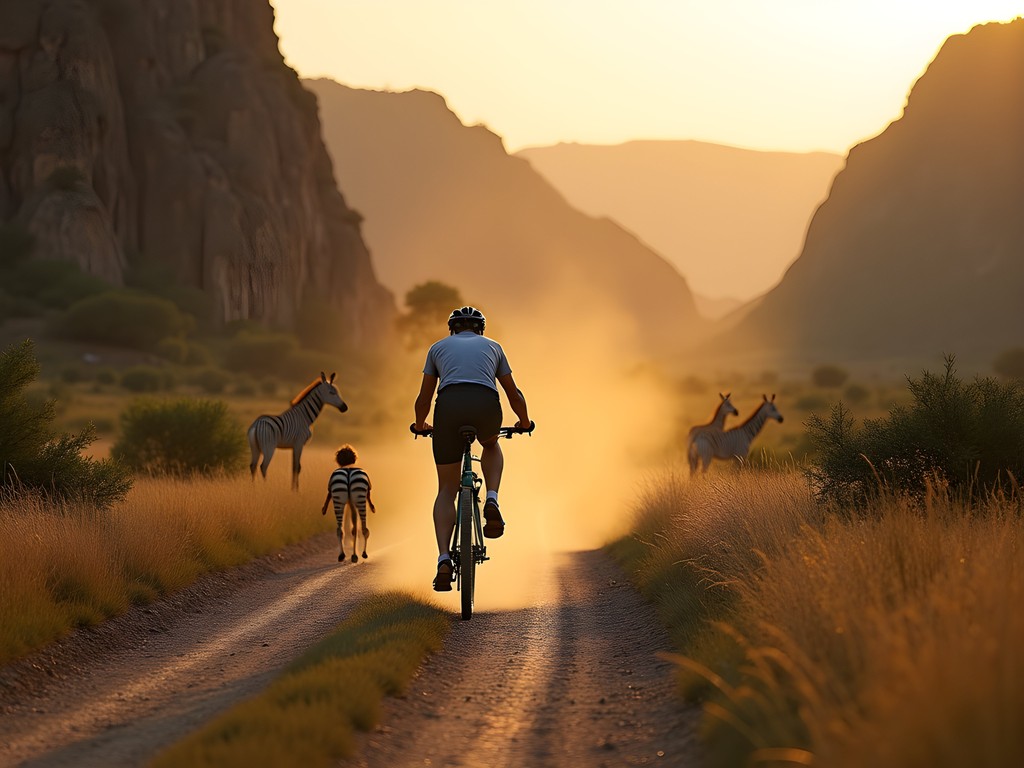
💡 Pro Tips
- Start early to avoid midday heat and enjoy optimal wildlife viewing conditions
- Hire a guide for the gorge walk—they provide crucial safety information and fascinating geological insights
- Bring sufficient water, sun protection, and snacks as facilities within the park are limited
6. Lake Naivasha: Hippo Watching and Bird Paradise
When my game development team created a virtual African ecosystem years ago, we spent weeks researching the intricate relationships between water bodies, wildlife, and surrounding landscapes. At Lake Naivasha—just 90 minutes from Nairobi—these complex ecological connections unfold before your eyes in magnificent reality.
This freshwater lake in the Great Rift Valley offers a different pace from savanna safaris—here, exploration happens primarily by boat. I arranged a two-hour boat tour with James, a local guide whose knowledge of the lake's ecosystem is encyclopedic. As we glided across the water, enormous hippo pods emerged, their eyes and ears breaking the surface like living submarines on surveillance. 'They look peaceful,' James cautioned, 'but hippos are among Africa's most dangerous animals—we'll keep a respectful distance.'
The lake hosts over 400 bird species, making it a paradise for ornithology enthusiasts. African fish eagles performed hunting dives, pied kingfishers hovered before plunging for prey, and massive pelican formations created living clouds above the water. My telephoto zoom lens earned its weight in my camera bag here, allowing me to capture intimate wildlife portraits without disturbing the animals' natural behaviors.
After our boat tour, we visited Crescent Island Game Sanctuary—a private reserve on a partially submerged volcanic crater rim where you can walk among giraffes, zebras, and antelopes without predators present. The experience of standing mere meters from a towering giraffe while on foot creates a sense of scale impossible to appreciate from a vehicle.
For lunch, I recommend the Carnelly's Restaurant at the lakeside Camp Carnelly's, where tables are set beneath acacia trees with lake views. Their fresh tilapia—caught sustainably from the lake—is divine when prepared with local herbs and served with Kenyan vegetables.
Before returning to Nairobi, consider visiting one of the geothermal spas near Hell's Gate, where naturally heated pools offer a relaxing conclusion to your adventure. After a day of exploration, soaking in mineral-rich waters while watching the sunset over the Rift Valley creates what we game designers would call a 'perfect ending sequence.'
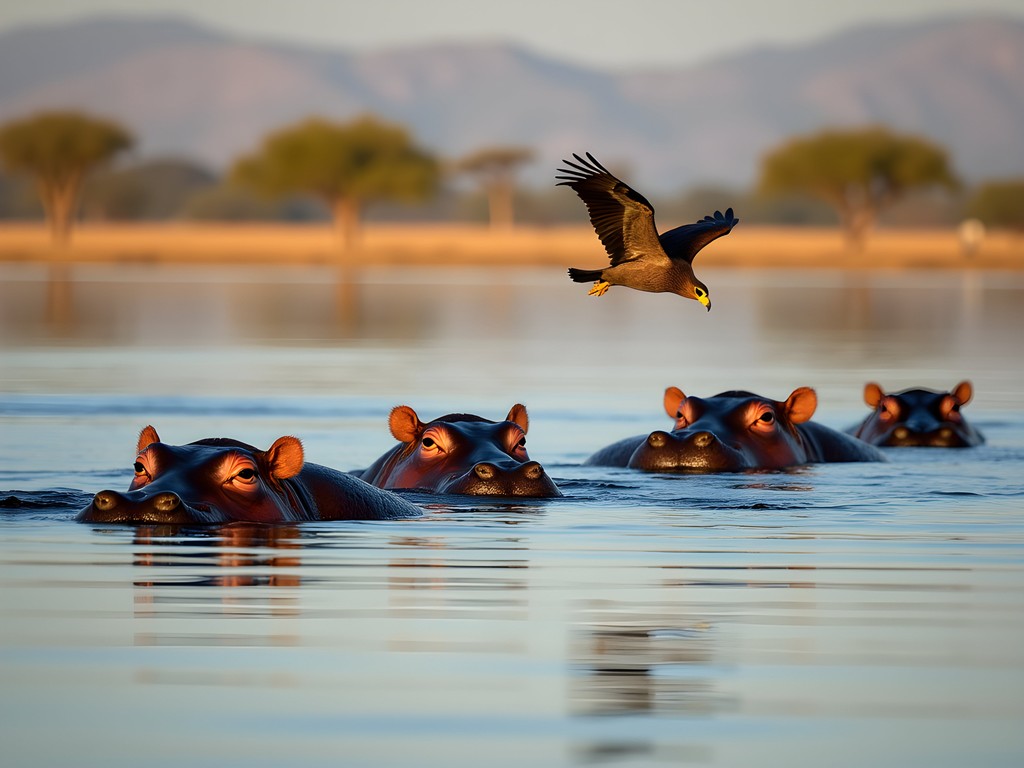
💡 Pro Tips
- Book boat tours early morning or late afternoon when animals are most active and light is best for photography
- Bring binoculars for bird watching—the diversity of species is extraordinary
- Remember hippos leave the water at dusk to graze, so evening lakeside walks require extra caution
7. Oloolua Nature Trail: Hidden Forest Sanctuary
Sometimes the most delightful discoveries in travel—like in video games—are those unmarked side quests that reveal unexpected treasures. The Oloolua Nature Trail in Karen, just 16km from Nairobi's center, is precisely such a hidden gem. This 5km forest path managed by the National Museums of Kenya offers a peaceful alternative when you need respite from more crowded attractions.
I discovered this sanctuary quite by accident during my second visit to Kenya, when a local friend suggested we meet there for a morning walk. 'It's where Nairobians go when we need forest bathing,' she explained, using the Japanese concept of shinrin-yoku that recognizes the healing properties of time spent among trees. Now I make it a point to visit whenever I'm in Nairobi.
The trail winds through indigenous forest preserved as part of the Institute of Primate Research. Within minutes of entering, you're enveloped in a world of dappled sunlight and birdsong. The path leads to several highlights: a picturesque waterfall, a fascinating cave system once used for traditional ceremonies, and a raised wooden boardwalk through a papyrus swamp teeming with birdlife.
What makes this experience special is the solitude—even on weekends, you'll encounter far fewer visitors than at more famous attractions. For families, it's an ideal place for children to burn energy while connecting with nature. My grandson spent a delightful hour counting different butterfly species during our last visit.
The cave system, extending about 33 meters underground, provides a cool adventure on hot days. Local legends suggest it was once used by Mau Mau freedom fighters during Kenya's independence struggle, adding historical dimension to your exploration.
Pack a picnic to enjoy at one of several designated areas along the trail. I find that simple pleasures—fresh tropical fruit, local bread, and perhaps some Kenyan cheese—taste extraordinary when enjoyed in such tranquil surroundings. Just remember to leave no trace, as the forest is home to numerous small mammals, reptiles, and over 100 bird species.
Before visiting Oloolua, I recommend downloading the 'Kenya Birds' mobile app—an invaluable resource for identifying the diverse avian residents you'll encounter along the trail. Comme c'est merveilleux to put names to the colorful creatures that flit through the canopy!

💡 Pro Tips
- Visit on weekdays for maximum tranquility—local schools sometimes organize field trips on weekends
- Wear closed shoes as the trail can be muddy and uneven in places
- Bring mosquito repellent for the boardwalk section through the papyrus swamp
Final Thoughts
As I pack away my camera after another magnificent Kenyan adventure, I'm struck by how Nairobi defies the typical urban-wilderness divide. In most world cities, one must choose between cultural experiences and natural encounters, but here, these worlds dance together in beautiful harmony. What makes these seven adventures particularly special is their accessibility—whether traveling with energetic children, mobility-conscious grandparents, or seeking solo reflection, Nairobi's peripheral wilderness welcomes all. Like the best video game environments, this landscape offers multiple paths to discovery, each revealing different facets of Kenya's natural splendor. The next time someone tells you Nairobi is merely a gateway to safari destinations, smile knowingly. You understand what they've yet to discover—that some of Africa's most extraordinary wildlife experiences happen right here, where urban energy and wild nature share an uncommon border. À la prochaine aventure, mes amis!
✨ Key Takeaways
- Nairobi offers world-class wildlife experiences within minutes of the city center, perfect for travelers with limited time
- Early morning visits provide optimal wildlife viewing and photography conditions while avoiding crowds
- Combining guided experiences with independent exploration creates the richest understanding of Kenya's ecosystems
- Multi-generational travel is particularly well-served by Nairobi's accessible wilderness areas
📋 Practical Information
Best Time to Visit
September to March (dry seasons), with October-November being ideal for mild temperatures and wildlife viewing
Budget Estimate
$1,000-1,500 per person for a week including mid-range accommodation, activities, and meals
Recommended Duration
5-7 days to comfortably experience these adventures without rushing
Difficulty Level
Moderate - Most Activities Require Basic Fitness But Can Be Adjusted For Different Ability Levels

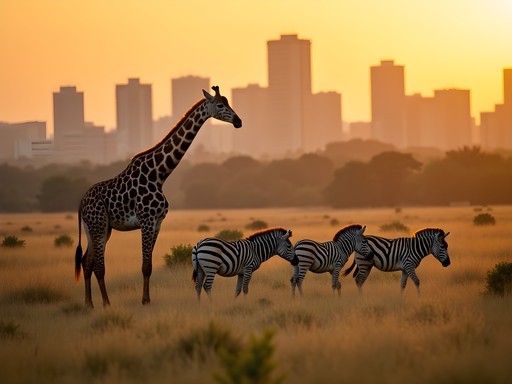
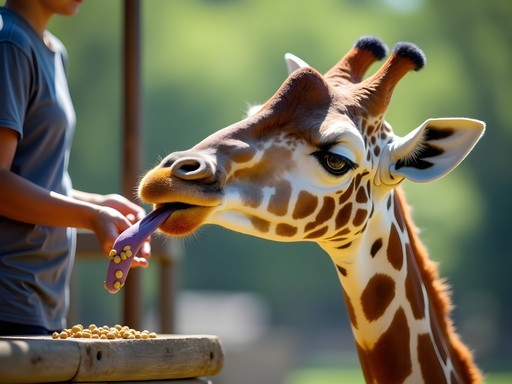
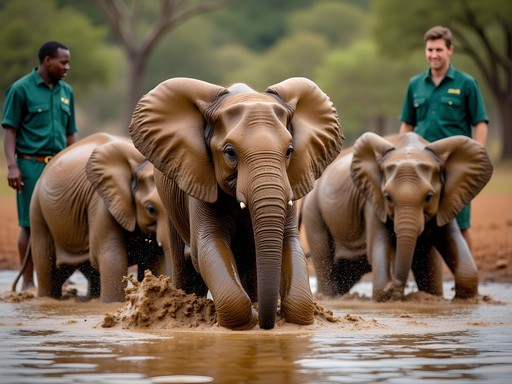
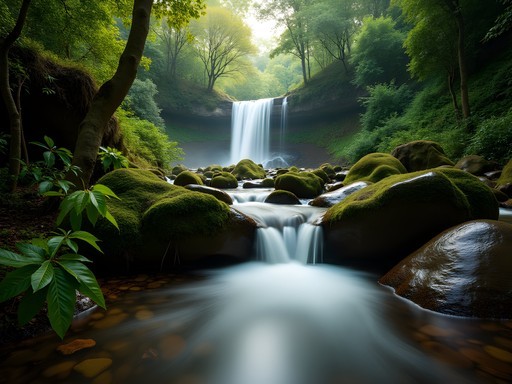
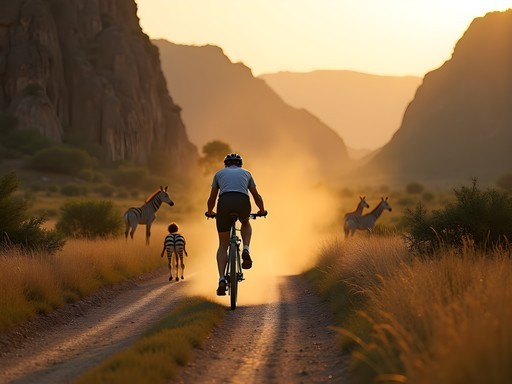
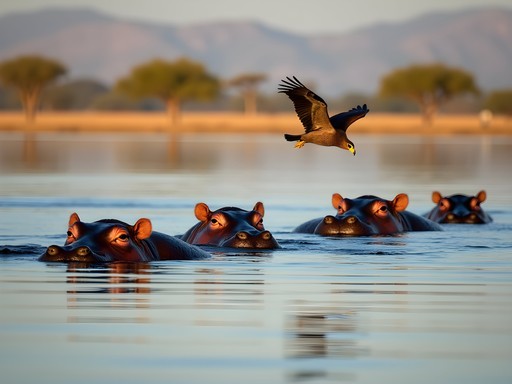



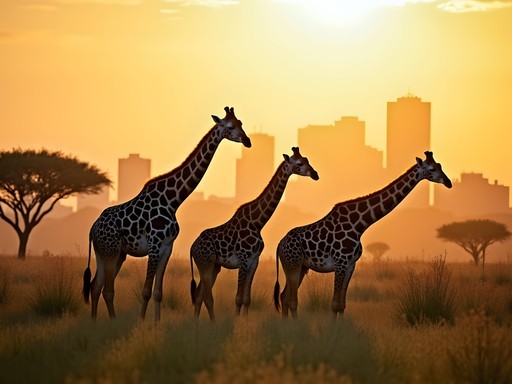
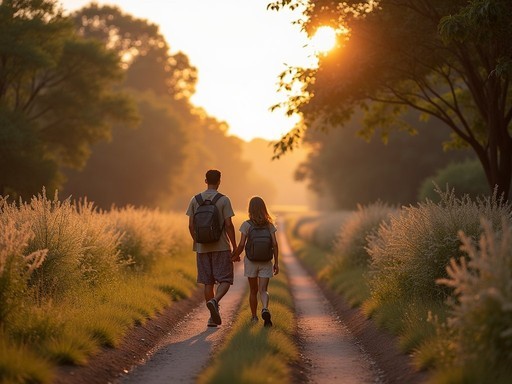
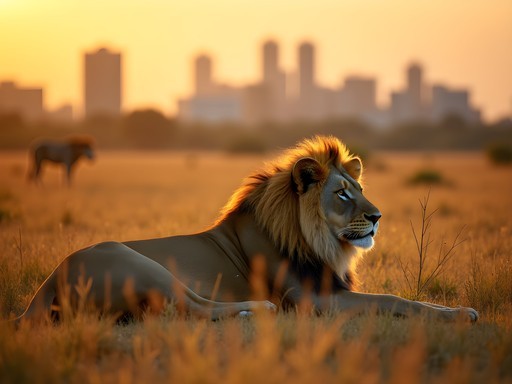
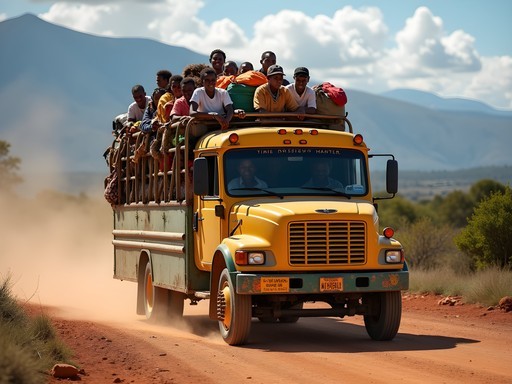

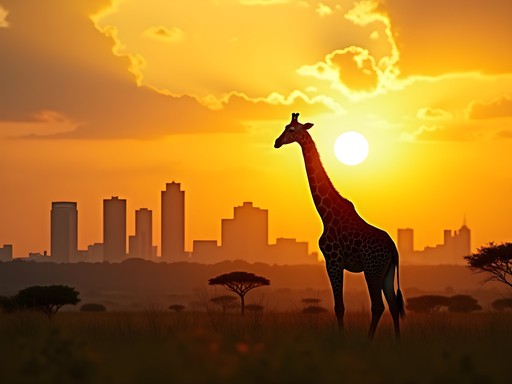

Comments
travelperson
What's the best time of year to visit? Hoping to see lots of animals!
happyguy
We went in February and it was perfect. Dry season means animals gather at water holes. Just bring a hat and sunscreen!
Sage Dixon
Totally agree with happyguy. The dry seasons (Jan-Feb and Jun-Sep) are best for wildlife viewing. We went in July and saw everything - even a leopard in Nairobi National Park which is apparently quite rare!
Sage Dixon
Zoe, your post brought back so many memories! I was in Nairobi last year and still can't believe how accessible the wildlife is. We did the Nairobi National Park at sunrise and spotted 4 lions lounging under an acacia tree with the city skyline behind them - surreal doesn't begin to describe it. For anyone planning a visit, I'd add Ngong Hills to this list - the views are spectacular and it's just a short drive from the city. Also, don't underestimate Nairobi traffic! We used Uber for most trips which was affordable and reliable. My binoculars were essential for spotting wildlife at a distance, especially in the national park.
travelperson
Is it safe to use public transportation there? Planning a budget trip.
Sage Dixon
The matatus (minibuses) are definitely an adventure and super cheap, but can be confusing if it's your first time. I'd recommend Uber for simplicity, or the SGR train if you're heading to Mombasa. Just use common sense like you would in any big city!
happyguy
Just got back from Nairobi last week and did the Giraffe Centre! Those gentle giants are AMAZING up close. My kids were terrified at first but ended up feeding them by hand. Definitely bring hand sanitizer though - giraffe slobber is no joke! Did anyone else notice how they use their massive tongues to clean their own eyes? Wild stuff.
Sage Dixon
Haha, the giraffe slobber is definitely an experience! I actually found it weirdly endearing. Did you make it to the elephant orphanage too?
happyguy
We did! The baby elephants were the highlight of our trip. My daughter cried when we had to leave. Worth every penny of the adoption fee!
Bryce Diaz
Zoe, your post brought back so many memories! I was in Nairobi last year and the juxtaposition of skyscrapers behind grazing zebras in Nairobi National Park still blows my mind. One thing I'd add for readers - if you're visiting the David Sheldrick Wildlife Trust, consider their foster program. For $50/year, you can "adopt" an orphaned elephant and get special access to visit during their bedtime routine when they're not open to the general public. Watching my foster elephant Maktao wrap himself in his blanket was one of the most heartwarming experiences of my travels. Also, Karura Forest was such a surprise - hard to believe you're still in a major city when you're standing by those waterfalls!
Zoe Colombo
Thanks Bryce! The foster program is amazing - I've been sponsoring little Roho for three years now. Those private visits are absolutely magical, aren't they?
mountainexplorer
Just looked up the foster program and signed up! Can't wait for our trip next month!
moonmood
Just got back from Nairobi last week and did the Giraffe Centre! Those gentle giants are INCREDIBLE up close. Pro tip: hold the food pellet between your lips for a giraffe kiss - their tongues are massive and purple! Got some amazing photos. Also loved Karura Forest - we spotted some cute little monkeys and the waterfall was so peaceful. Definitely bring good walking shoes though, some paths were muddy when we went. My waterproof hiking boots were perfect for this!
escapehero
What's the best time of day to visit Nairobi National Park? Early morning?
Zoe Colombo
Definitely early morning! The animals are most active from 6:30-9:30am. I've had my best lion sightings right after the gates open. Afternoon visits can be good too, but the midday heat sends many animals into hiding.
mountainexplorer
This looks amazing! Is it easy to get to the elephant orphanage using public transport or should I book a driver?
Bryce Diaz
I've done both! Public transport is doable but can be tricky with timing since the orphanage has specific viewing hours. I'd recommend using Uber for convenience - costs about $15-20 each way from central Nairobi. Worth every penny to see those baby elephants!
mountainexplorer
Thanks so much! Uber sounds like the way to go then. Can't wait to see those elephants!
Sarah Powell
Great post, Zoe! Having visited all these spots multiple times during my Kenya research trips, I'd add that timing is everything. Nairobi National Park is magical at dawn when predators are active. For the Giraffe Centre, go right when they open to avoid tour buses. One thing I'd emphasize about David Sheldrick - book the private afternoon visit if possible (requires adoption donation) as the morning public viewing gets extremely crowded. And for families reading this - my analytical take is that these experiences are perfect for children 6+ who can follow safety instructions but still have that sense of wonder. The accessibility of wildlife so close to a major city makes Nairobi truly unique among African capitals.
roamninja
The private afternoon visit at Sheldrick is 100% worth it! We got to see the elephants come in from their day in the forest and it was much less crowded.
winterclimber
How safe is hiking in Karura Forest for solo travelers? Planning to visit next month.
Sarah Powell
I did Karura Forest solo last year and felt very safe. There are rangers patrolling, and plenty of locals jogging and walking. Just stick to daylight hours and main trails. The waterfall hike is gorgeous and well-trafficked. Bring good hiking shoes as it gets muddy after rain. I used my day pack which was perfect for carrying water and snacks.
winterclimber
Thanks Sarah! That's really helpful. Definitely adding the waterfall hike to my list.
roamninja
This post brought back so many memories! I visited Nairobi National Park last year and was blown away by seeing giraffes with skyscrapers in the background - such a surreal experience. The Giraffe Centre was definitely a highlight too - getting to feed those gentle giants was something I'll never forget. Did anyone else find the contrast between urban Nairobi and these wild spaces as striking as I did? Also, Zoe - your description of the elephant orphanage had me tearing up a bit. Those little guys are so precious!
winterclimber
Those baby elephants at Sheldrick are the cutest things ever! Did you adopt one?
roamninja
Yes! I adopted little Malkia. They send monthly updates on how she's doing. Best $50 I've spent!
Venture X
Premium card with 2X miles, $300 travel credit, Priority Pass